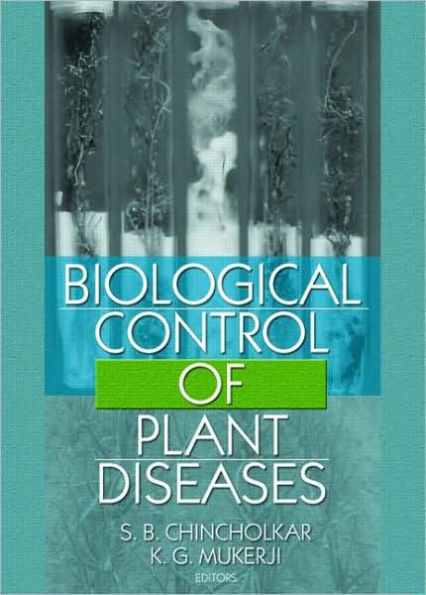5
1
9781560223276


Biological Control of Plant Diseases / Edition 1 available in Hardcover

Biological Control of Plant Diseases / Edition 1
- ISBN-10:
- 1560223278
- ISBN-13:
- 9781560223276
- Pub. Date:
- 12/27/2006
- Publisher:
- Taylor & Francis
- ISBN-10:
- 1560223278
- ISBN-13:
- 9781560223276
- Pub. Date:
- 12/27/2006
- Publisher:
- Taylor & Francis
160.0
In Stock

Product Details
| ISBN-13: | 9781560223276 |
|---|---|
| Publisher: | Taylor & Francis |
| Publication date: | 12/27/2006 |
| Series: | Crop Science Series |
| Pages: | 442 |
| Product dimensions: | 6.00(w) x 9.00(h) x (d) |
About the Author
From the B&N Reads Blog
